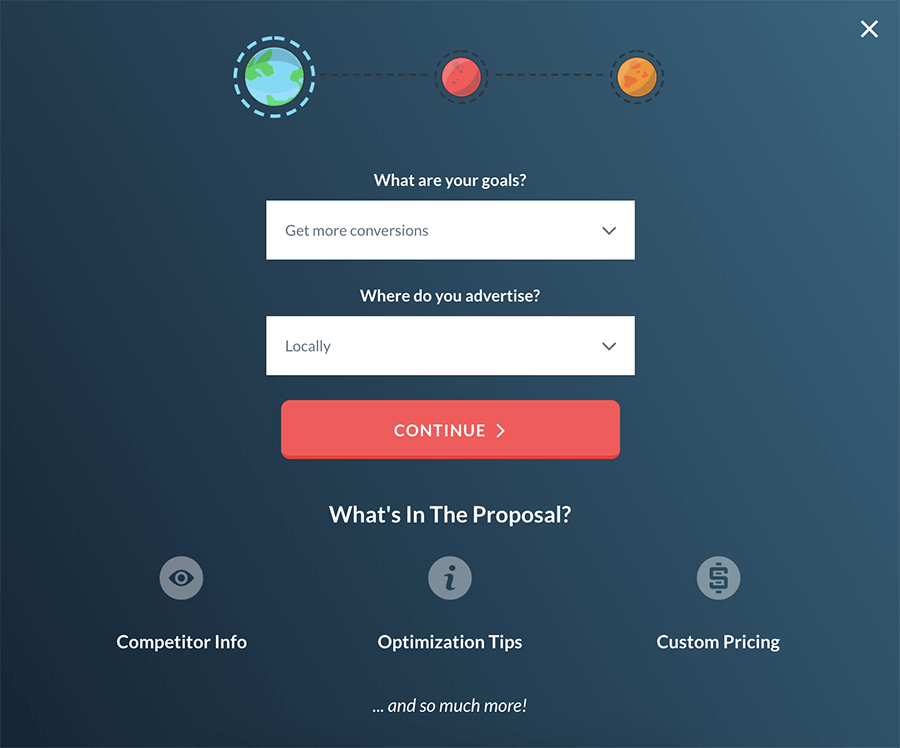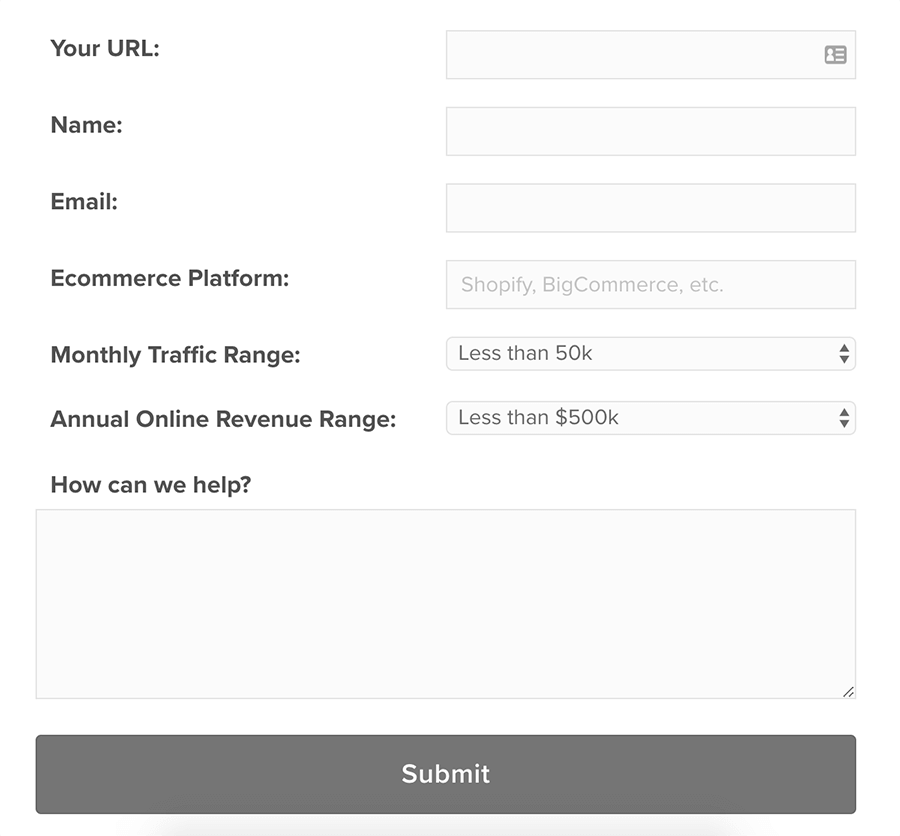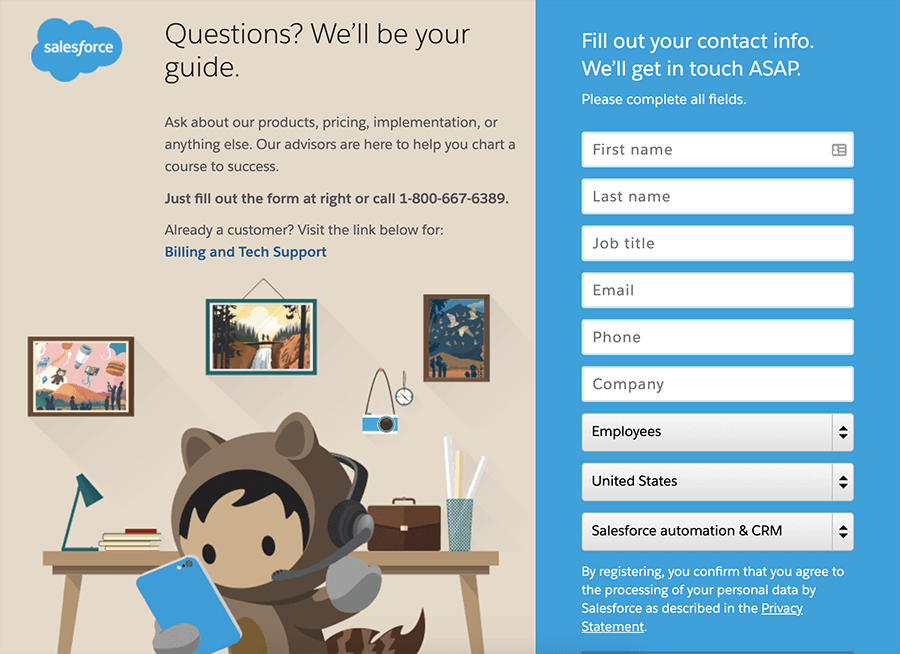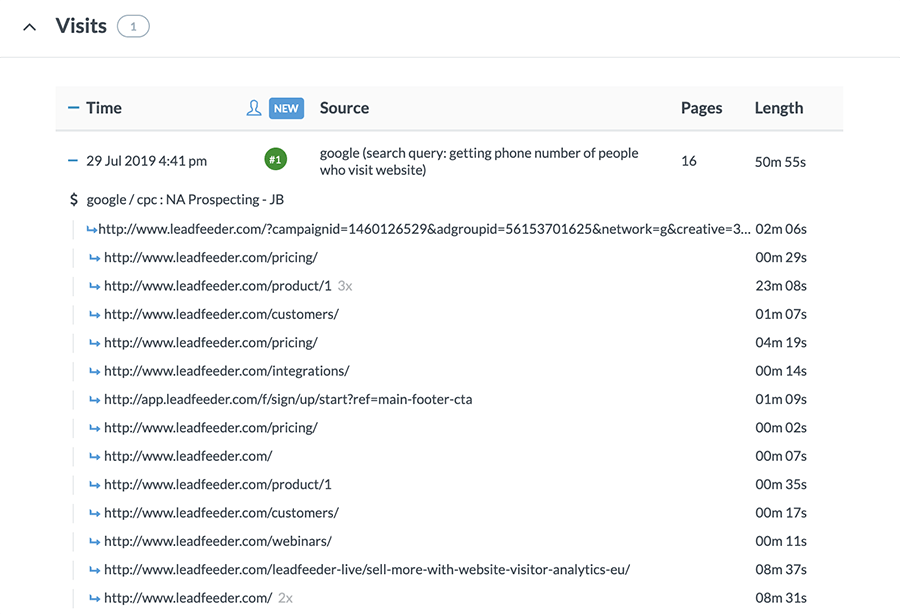Most of the content written on MQLs vs. SQLs offers clinical definitions and not much else. They tell you how website visitors become MQLs when they fill in a form or download an eBook. And how, once a lead fulfills the BANT (Budget, Authority, Need and Timing) checklist and has seen a demo or talked to a sales rep, they become an SQL and enter the sales funnel.
But these definitions don’t help solve a key problem in B2B organizations: the tension between marketing and sales around what constitutes a “good” lead.
In company after company, there is a push-pull between marketing wanting to pass as many leads as possible to sales, and sales wanting “better” leads from marketing.
At the heart of this matter is the topic: What’s the best way to define an MQL vs. an SQL?
If you don’t get this right, it leads to these problems:
MQLs being handed off to sales when they aren’t really qualified
Frustration on the part of the sales team
Broken down relationship between marketing and sales
So instead of just defining what could be used as MQL or SQL criteria, in this article, we’ll discuss what we think most companies should do to better define an MQL—so that it’s more closely aligned with sales’ definition of a qualified lead (SQL) and marketing and sales can start working better with each other.
Note: Want access to more qualifying information about leads earlier on in the sales and marketing process? Sign up and try Leadfeeder free for 14 days to see company details, behavioral buying intent signals, and more.
The Multitudes Contained Within “MQL”
The criteria used to define sales qualified leads (SQLs) are usually a very specific set of filters that deem a company worthy of account executives and the sales team pursuing. These typically consist of things like:
Meets various company characteristic criteria (size, revenue, industry, etc.)
Expressed interest in the product/willing to take a phone call
In contrast, we’ve noticed that companies tend to be a lot looser with their definition of a marketing qualified lead (MQL).
For example, some companies define an MQL as someone who visited your website once and downloaded an eBook. These “leads” are actually pretty weak in the sense that they didn’t express any product interest yet, they just submitted their email for more content.
Other companies define an MQL as someone who submits an actual product (or service) interest form: a sales form, a demo request form, etc. Those are obviously much more qualified than content-based leads because they’re expressing an interest in the actual product or service.
But even among this latter group there are grades of “qualified”. For example someone could submit a sales form and be from a small company that can barely afford your product or service. Another MQL may have visited your website multiple times, spent several minutes looking at your pricing page, subscribed to your email list, and fit perfectly into your buyer personas.
This is the kind of variance in the definition of an MQL that causes problems between marketing and sales.
For example, If marketing passes over tons of content-based leads (companies that entered their info to download more content, but haven’t really expressed product interest), sales teams may complain that the leads aren’t qualified enough. Even if an MQL is defined as having filled out a product-related form, if that form is lacking key qualifying criteria (like company size, revenue range, etc.) that’s important to sales, that could also cause sales to feel like their time is being wasted on bad leads.
These are perfect examples of the tensions between MQL and SQL.
That’s why it’s important to identify the criteria you’ll use to measure MQLs by working together with sales to determine when they’re ripe for the next stage. Here are some of the common criteria than can help with lead scoring and identifying sales-ready MQLs:
Industry
Number of Employees
Revenue
Job Title
Level of Engagement with Marketing
Defining those criteria is a start, but you’ll also need to identify the lead qualifications that make sense for your business.
For example, a PPC agency will likely want to know about a lead’s goals for PPC and where they advertise:

And an agency that works on conversion rate optimization for eCommerce needs to know how much traffic a lead’s website gets and which eCommerce platform they use:

That’s why MQL criteria needs to be based on real data about your existing customers and the buyer’s journey they took to become customers. But in most companies, the task of defining MQLs falls to one person who comes up with relatively arbitrary characteristics—and those go on to constrain the whole organization.
Instead, MQL criteria should be set by sales and marketing, who work together to identify proven indicators that a lead is likely to buy from you.
Working with Sales to Reverse Engineer Lead Qualification
So how should you define an MQL to avoid these problems between marketing and sales and MQL vs. SQL miscues? It’s simple: Marketing teams should work with sales to figure out the best definition of an MQL. That is, the criteria you use to define and score MQLs should be pulled directly from the end of the sales process.
That happens by reverse engineering the buyer’s journey to find common characteristics and patterns in who’s likely to buy and who isn’t. You can get a good sense of some important lead qualifiers by looking through your CRM for patterns. But since sales reps are the ones walking potential customers down that path, their input is invaluable for defining MQL criteria, too.
For example, the eCommerce CRO agency we talked about before may have taken a look at their best existing clients and found that:
All of them earn $1 million or more annually
They see at least 100,000 website visits per month
They’re built on mainstream eCommerce platforms like Shopify or BigCommerce
Seeing that information among their best clients lets them know they should look for and prioritize leads who also fit into those buckets—because odds are, those leads are a good bet to become new customers. So the agency can pull those qualifications into their MQL criteria, and now, marketing won’t bother to hand-off leads to sales unless they fulfill those key indicators.

Here’s another example: An enterprise software company like Salesforce knows their prices are higher than many smaller firms can afford. So the number of employees a lead has is likely a key attribute they use to define MQLs. Their marketing team can work together with sales to identify the minimum range for how many employees a lead needs in order to qualify as an MQL.
This may seem like a simple fix—and that’s because it is. Marketing teams simply need to work with sales to figure out what criteria is best for defining an MQL.
This is rarely going to be a long list. It’s not about adding 10 more questions to your lead form, even one key question can be transformative for solving the tensions between marketing and sales fighting over what makes a lead “qualified.”
As we discussed in the examples above, this one question can be something like:
Company size (if only companies over/under a certain size are qualified)
Revenue range (if only companies with certain revenue threshold are qualified)
Certain software platforms (sometimes this indicates a company has a big enough need in a particular space)
Ad spend (for ad agencies looking for clients that can spend above a set minimum)
Department size (software companies that sell into certain departments often know that the best customers have a minimum department size)
How Leadfeeder Can Help You Find and Qualify More MQLs
So, the more carefully you can define what constitutes an MQL, the smoother and easier your relationship and the hand-off process with sales will be.
But here’s the thing: most of the potential MQLs who visit your website don’t fill out any kind of form or capture—so how do you get the information you need to determine if they’re qualified?
That’s where Leadfeeder comes in.
Our website visitor identification software shows you in-depth details for every company that visits your site.

On top of that, if your run out of inbound leads, Leadfeeder’s website visitor identification can help you identify qualified MQLs to target for outbound selling efforts, plus lead intelligence to help sales reps tailor their message.

Once MQLs are passed along to sales, they can use the behavioral and company data within our dashboard to further qualify and prioritize leads for outreach and determine the best message and follow-up to shorten the buying cycle.

Want to qualify your MQLs? Get a free 14-day trial with Leadfeeder with these easy steps:
Step 1: Click the link and sign up.
Step 2: Connect your Google Analytics account.
Step 3: Select which Google Analytics account to connect.
Step 4: Choose your Google Analytics view.
Step 5: Create account.
Step 6: Create your company profile.
Step 7: Install the Leadfeeder Tracker script.
Step 8: All done!
MQL vs. SQL: Getting Lead Classification Right
Acronyms can make any topic sound more intimidating, but figuring out how your company will define marketing and sales qualified leads isn’t complicated.
Now that you have an understanding of how MQL criteria can vary, you can look into your own leads and customers to see how you can better define what an MQL means for you—so you can pass better leads along to sales and work together to find and convert more ideal customers.
Note: Want access to more qualifying information about leads earlier on in the sales and marketing process? Sign up and try Leadfeeder free for 14 days to see company details, behavioral buying intent signals, and more.
More leads, no forms.
Sounds too good to be true? It’s not. Identify companies already visiting your website and turn them into qualified leads to fuel your sales pipeline.
Show me how






